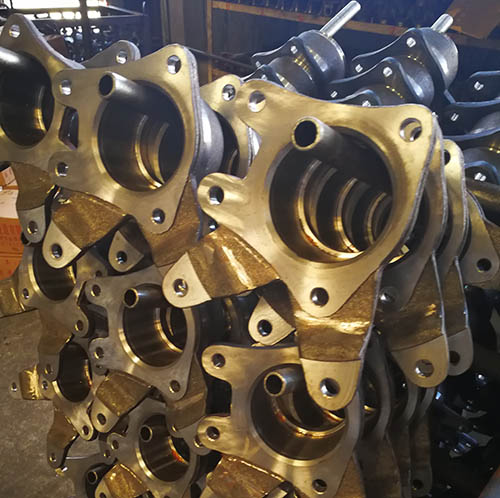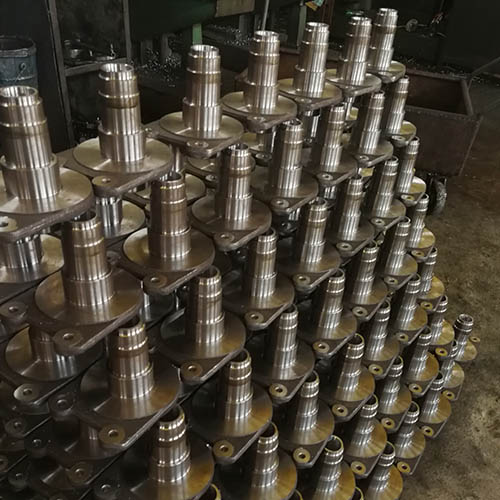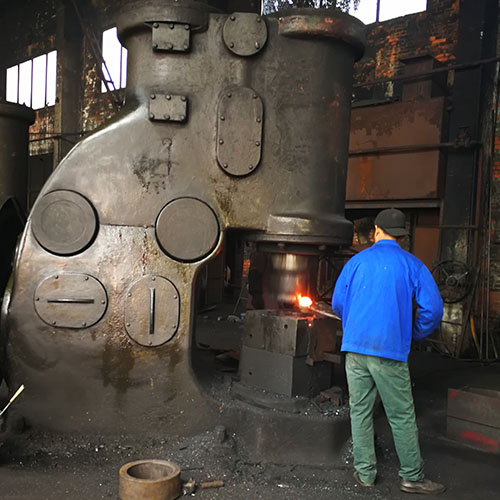[ Instrument Network Instrument R & D ] Recently, the Ats research team of the State Key Laboratory of Transient Optics and Photonics Technology at Xi'an Opto-Mechanical Institute has made important progress. Based on overcoming a series of key technologies for Ats pulse generation and measurement, it has been obtained experimentally. 159as isolated attosecond pulse measurement results.
Time domain and phase distribution of attosecond pulses
The generation mechanism of attosecond pulses comes from the generation of higher harmonics in the ultra-short ultra-high power laser and the extremely nonlinear interaction of matter. The higher harmonics appear in the time domain as a sequence of attosecond pulses spaced at half a photoperiod. In terms of application, a single or isolated attosecond pulse needs to be selected from the attosecond pulse sequence. In addition, because the generation efficiency of higher harmonics is very low (usually 10-6 or lower), the energy of the attosecond pulse is very low. (Generally nano or sub-nano), traditional femtosecond pulse auto-correlation measurement technology is difficult to directly apply. The generation and measurement of isolated attosecond pulses has become the core and key technology in attosecond technology and applications.
In order to achieve the efficient generation of isolated attosecond pulses, the team first focused a small-period titanium sapphire femtosecond pulse with a center wavelength of 750nm and a stable carrier envelope phase on the Ne gas target to excite high-order ultraviolet (XUV) bands in experiments. Harmonics, and the shape of the femtosecond pulse-driven optical electric field is shaped by the dual optical gate method, so that only half of the driving light period can generate attosecond pulse radiation, and the gating of isolated attosecond pulses is achieved. At the same time, in order to achieve the generation of isolated attosecond pulses with high conversion efficiency, the team achieved phase matching by optimizing the interaction parameters between the driving light pulse and the inert gas, and used thin-film filtering technology for milli-joule-level infrared driving light and nano-focus. The effective separation of XUV attosecond pulses at the same time, while achieving dispersion compensation of isolated attosecond pulses.
In addition, the team independently designed and developed a set of high-energy resolution attosecond fringe cameras. The attosecond fringe camera is a widely used measurement method for isolated attosecond pulses. The principle is that first the XUV attosecond pulse interacts with an inert gas target to generate attosecond photoelectrons, which are modulated in the near-infrared optical electric field. The second-second photoelectron spectrum and the inverse reconstruction algorithm are used to obtain the photoelectric field distribution and pulse width of the attosecond pulse. Its core technology is the design and development of a time-of-flight spectrometer that measures photoelectron momentum. The team independently designed and developed a 2m time flight spectrometer using electron optics technology. The spectrometer adopts a magnetic bottle structure to solve the problem of low photoelectron collection efficiency caused by a large divergence angle after photoionization. In addition, the real-time feedback synchronization lock technology achieves high-precision synchronization and stability between the near-infrared pump light and XUV detection light pulses.
Based on the above key technologies, the spectral phase and pulse width information of the isolated attosecond pulse were obtained by inverse reconstruction algorithm using the obtained attosecond photoelectron fringe spectrum. Finally, the isolated attosecond pulse width was 159as. The dispersion compensation process can be further optimized. A narrower attosecond pulse width is obtained.
This research work was supported by major projects of the National Natural Science Foundation of China, the Innovation International Team of the Chinese Academy of Sciences, the Key Technical Talent Team of the Chinese Academy of Sciences, and the Young Scholars of Western China.
Forging is a manufacturing process to shape the metal piece into desired shape by using hot working and hammer strength.
In our forging workshop, we mainly manufacture the Forging Parts from processing way die forging and free forging.
Forging is one of the oldest metalworking ways, it is more suitable for the metal pieces which require stronger than the equivalent cast and Machined Parts.
Advantages of forging parts:
-
Reduced chance of voids, better density
-
Improved micro structure
-
Continuous grain flow & Fine grain size
-
Greater strength



Forging Parts
Forging Parts,Aluminum Forging Parts,Steel Forging Parts,Forging Valve Parts
Dandong Hengrui Machinery Co., Ltd. , http://www.hrcastings.com



